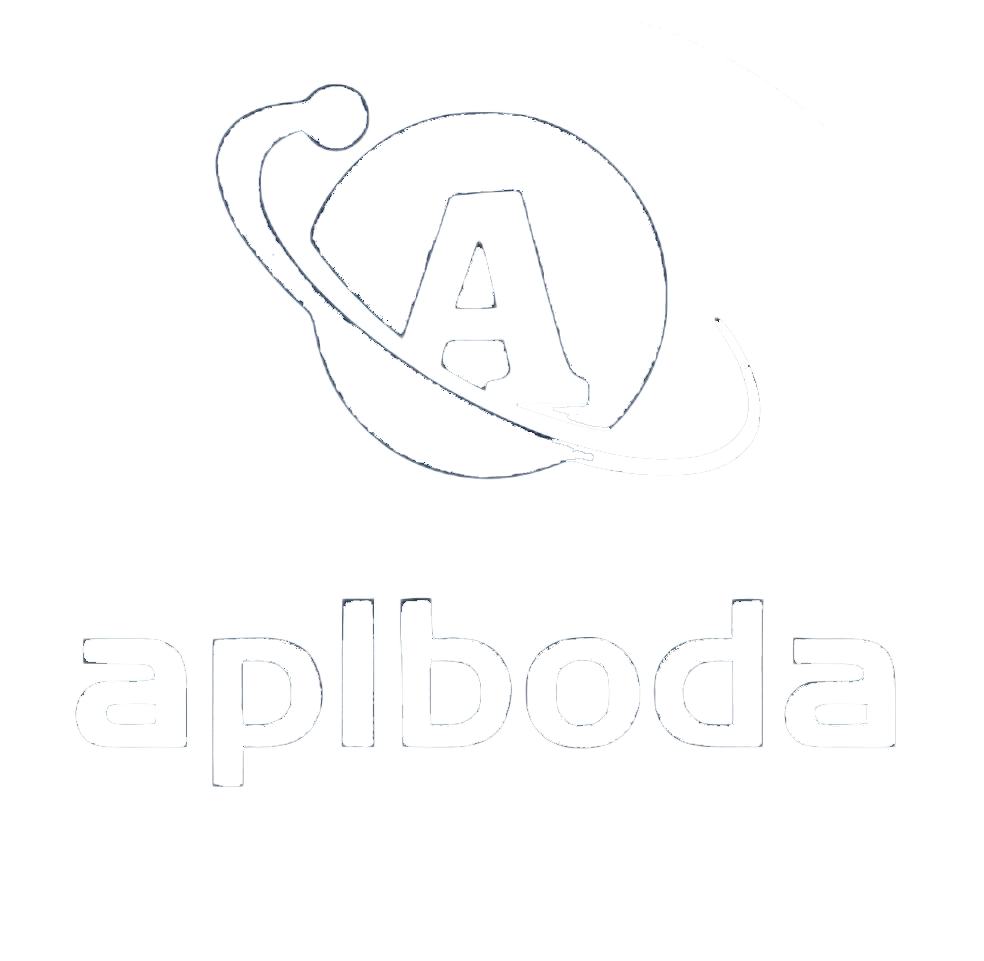Autodesk Revit for Windows PC is BIM software designed for architects, builders, and engineers. It provides 3D modeling tools, including functionality for architectural design, MEP and structural engineering, and construction. It also integrates file processing workflows within a unified environment.
Autodesk Revit Overview
Revit is the latest step in the ongoing evolution and development of multidisciplinary BIM, an intelligent model-based process for planning, designing, constructing, and managing buildings and infrastructure. Revit supports a multidisciplinary collaborative design process.
Based on Building Information Modeling (BIM) technology, Autodesk Revit software products are designed to design, build, and manage high-quality, energy-efficient buildings. It is a comprehensive solution that combines architectural design, engineering system design, building structure, and architectural modeling capabilities (Autodesk Revit Architecture, Autodesk Revit MEP, and Autodesk Revit Structure).
This release marks some progress on this roadmap, which defines forward-looking themes that guide and prioritize the development of Revit features and functionality based on input you provide through the Revit Ideas page.
What's New in Autodesk Revit 2026
Technology Preview: Accelerated Graphics
Experience significant navigation performance improvements in 3D and 2D views, helping you review your designs faster.
Use this technology preview to get early access to Revit's new graphics platform, providing faster navigation and optimized hardware utilization, with a current focus on graphics cards. Accelerated Graphics is enabled on a per-view basis and does not create any changes to the model or view. When a view or model is closed, accelerated graphics mode is disabled for that view.
Allows composite structures without core layers
Core ply requirements in composite structures are no longer mandatory, making it easier to remove core plies or move plies outside the core boundary.
Core layers can be deleted or layers can be moved outside the core layer to improve default connections and support visibility control of face walls and floors.
Best Practices:To ensure that the wall joins correctly, move all layers to the "Interior" side (if the wall is used as an interior finish) and have the "Interior Finish" face the actual interior finish. Apply the same rules for walls used as exterior finishes.
For additional information.
Terrain Entity Subdivision Enhancements
Terrain entity subdivisions are of a specified type and can have positive and negative offsets from the host terrain entity.
When you create a subdivision on a Terrain Solid, a new Terrain Solid is generated that follows the geometry of the host Terrain Solid. You can provide an offset for the subdivision. A positive offset places the subdivision above the host, while a negative offset places it below the host. A negative offset excavates the host; the amount of excavation is reported in the subdivision's properties. To create a subdivision that uses a different material than the host Terrain Solid, change the Terrain Solid type.
Tessellation is a subcategory of Terrain entities. Use object styles and visibility/graphic overrides to control how tessellation is displayed in model views.
important: When upgrading models that use terrain entities and tessellation, some legacy parameters no longer work.
- Inherit Contour – It is now directly controlled by the type of terrain entity used by the subdivision.
- Material – It is now directly controlled by the type of terrain entity used by the subdivision.
Layers used in composite structures, such as Terrain entities, have geometric limitations and must be larger than 0.8 mm. If the original subdivision is less than 0.8 mm in height, the subdivision will be created with the minimum thickness. Graphically, the height, position, and material of the original subdivision will be retained, and the base of the new subdivision will extend below the surface of the host Terrain entity.
Sheet Collections: Custom Parameters and Schedules
Sheet sets can now be used as categories for parameters and schedules.
You can see that on each Sheet Set node, a new parameter has been added to the Sheet Set category. The parameter value will be synchronized to each sheet included in the set.
Because parameter values are driven by the sheet set, they appear read-only on every sheet in the set. If you modify the parameter value on the sheet set, this updates the value on all sheets, as well as in the title block label (if included).
If you move the sheet to another sheet set, the parameter values are automatically updated according to the definition in that sheet set.
View Reference Enhancements
View referencing has been enhanced to include instance-based reference labels and the ability to include shared parameter labels.
Instance-based view reference tags
Previously, when you placed a view reference that referenced another view, the view label was type-based. This label is now instance-based, making view references more flexible and easier to coordinate with your document standards. After placing a view, you can change the label on the view by changing the value of Reference Label on the Properties palette. The default value assigned to a view reference is set by the view's type parameter, Default Reference Label.
Global Conductor
Manage line wiring requirements with controllable and customizable conductor and cable configurations.
Electrical conductors and cables are customizable. The new Electrical Conductors and Cables settings allow you to define conductors and then use those conductor definitions in cable sizes and cable types. These cable types are then assigned to the routes in your model.
To access the electrical conductor and cable settings, click the Manage tab  Settings panel
Settings panel  MEP Settings drop-down list
MEP Settings drop-down list
 Electrical Conductor and Cable Settings.
Electrical Conductor and Cable Settings.
Wire sizes are no longer supported, when you upgrade a model, existing wire size data will be updated to the new schema.
Creating walls by room and by section
Use wall segments to create new finished architectural walls in a room or within room boundaries.
- Select a closed area formed by room bounding walls and columns to create new walls within that room with a single click.
or
- Pick existing segments of walls and columns to create new walls.
Newly created walls will be adjacent to the target wall or column, increasing efficiency and productivity when creating multiple walls for core and surface layers.
Parametric rebar crank
Easily model cranked rebar in crowded areas to prevent collisions.
- You can extend rebar with cranks to similar concrete elements.
- Like the hook, the crank is a parametric end of a rebar.
- You can add cranks to shape-driven and free-form rebar. The presence of a crank defines the shape, either matching an existing crank or creating a new one.
- Cranks are added within the segment length for shape-driven and free-form rebar.
Crank and hook rotation:The crank rotation applies to all rebars in the set and defines the rebar shape. Use Edit Rebar to rotate individual rebars. For free form rebar, the default rotation of the crank (0 degrees) is perpendicular to the host surface.
- Crank Dimensioning and Override by Type:Duplicate an existing crank type to create your own. Override the crank slope and length values of a rebar type. See Rebar Crank Length Parameters.
- Report crank rebar length and edit rebar shape families:
- The assignment of hooks, end treatments, and cranks is controlled from the Start Type/End Type parameters in the rebar shape family.
- Use the new Shape Name parameter to report shape codes for cranked and sketched rebar. This parameter is editable from the shape family.
- Add start/end crank lengths to rebar shape parameters for reporting in the model.
- Shape Name is read-only in the model.
The evolving functionality and multi-discipline toolset in Autodesk Revit® helps every architecture, engineering, and construction professional do their best work, both individually and as a team.
- Streamline your modeling workflow by working directly in perspective view.
- When you import or link items into a model, you can apply tags to those items.
- Use the Split Elements tool on structural columns and framing elements
- To ensure that the structural connections of this application comply with the latest standards
- Use the Properties palette or the Edit Part dialog box to resize the corresponding fabricated part runs.
- When using some automatic fill tools, you can specify fabricated parts to exclude.
- Use the Properties palette to easily change the services of MEP fabrication parts in your model.
- Change the size (diameter) of the hanger support rod while maintaining accurate cost data.
- Add or remove dampers or change manufactured parts that support built-in dampers.
- Use the Split Element tool and the Split with Gap tool on any fabrication line.
Parametric components
Place walls, doors, and windows in an open, graphical, and parametric system to design and build shapes.
Worksharing
Save, synchronize, review, and update your work to a centrally shared model in the Revit project collaboration environment.
list
Use tables to better capture, filter, sort, display, and share project data.
Interoperability
Revit imports, exports, and links common BIM and CAD file formats, including IFC, 3DM, SKP, OBJ, and more.
Notes
Effectively communicate design intent using 2D and 3D markup, dimensioning, and annotation tools.
Global Parameters
Embed design intent with project-wide parameters that use radius and diameter dimensions and equal length constraints.
Developer Tools and Solutions
Extend the capabilities of Revit with Dynamo, API access, developer solutions, and BIM content on the Autodesk App Store.
Generative Design in Revit
Evaluate and compare design alternatives at scale using Generative Design in Revit. Available only to customers who subscribe to the AEC Collection.
Visibility Settings and Overrides
Control visibility by hiding, showing, and highlighting building elements. Use overrides to customize appearance.
Twinmotion for Revit
Launch Twinmotion directly from Revit. Synchronize design data and immerse yourself in an intuitive editor environment that transforms designs into realistic stills, scenes, and animations.
Standard and custom family content
Load content from the Autodesk Cloud into your Revit projects, or create your own library of building components.
Personalization and customization
Customize the user interface to suit your needs using configurable keyboard shortcuts, ribbons, and toolbars.
System requirements and technical details
| Minimum requirements: Entry-level configuration | |
|---|---|
| operating system * | 64-bit Microsoft® Windows® 10 or Windows 11. For support information, see Autodesk'sProduct Support Lifecycle. |
| CPU type | Intel® I-series, Xeon®, AMD® Ryzen, Ryzen Threadripper PRO. 2.5 GHz or higher.
It is recommended to use as high a CPU GHz as possible. |
| Memory | 16-GB RAM
|
| Video display resolution | Minimum requirements: 1280 x 1024 true color displayHighest requirements: Ultra-high-definition (4k) displays |
| Video adapter | Basic graphics card: Display adapter that supports 24-bit colorAdvanced Graphics: DirectX® 11 capable graphics card with Shader Model 5 and at least 4 GB of video memory |
| Disk space | 30 GB of available disk space |
| pointing device | Microsoft Mouse-compatible pointing device or 3Dconnexion®-compatible device |
| .NET platform | .NET 8 |
| Browser | Chrome, Edge, or Firefox |
| Desktop Connector Versions | When using Desktop Connector for collaborative workflows – Desktop Connector version 16.x or later is required for Revit 2025. Versions 15.8 or earlier are not supported for Revit 2025. Revit 2024 or earlier is compatible with Desktop Connector version 16.x. |
| connect | Internet connection for license registration and prerequisite component downloads |














